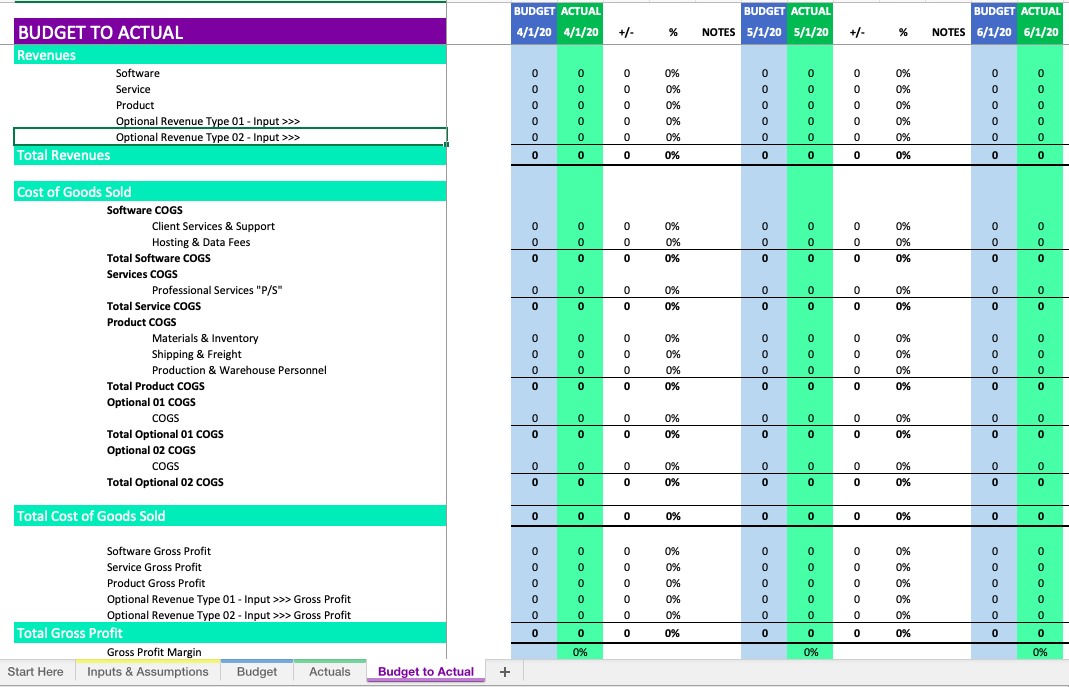
The important vs. urgent dilemma
If you don’t have a strong grasp of the values and goals that matter most to your business, you’ll have difficulty knowing what things you should spend your time on. Instead, you’ll latch on to whatever to-dos items seem the most urgent. When businesses spend a lot of time chasing after crises, they fail to thrive, miss important goals, and leave leaders and team members burnt and stressed out.
Using the grid provided here, we can help you define your goals and determine the most important tasks to complete to attain them. This will ensure you spend your limited resources and time focusing on the right to-do items to move things forward.
Important vs. urgent exercise
Successful business leaders have used variations of this method for decades. This grid is a powerful productivity tool that can increase your effectiveness 10x. It consists of 4 quadrants that classify your daily activities according to two parameters: level of urgency and importance.
This analysis helps you rapidly identify activities you should focus on or ignore.
To evaluate your business, look at your typical week and estimate the percentage of the time you spend in each quadrant based on how urgent vs. important they are. Minimizing “busy work” activities that provide minimal value to long-term goals will free up time for things that truly matter.
After this exercise, you'll have the chance to:
- Consciously give priority to the most important tasks, as well as plan and delegate so that you can deal with problems BEFORE they become urgent crises and
- Be aware of our interruptions and distractions so that you can reduce or eliminate them. This empowers people to manage their limited time resources so that they get their priority tasks done in a more enjoyable and less stressful way.
How to use the Important vs. Urgent Grid
- Have SMART* business goals defined and in front of you
- Make a list of common and specific activities as they relate to your goals
- Assign each activity to a quadrant on the chart and note how much time you spend in each section
- The number of activities in a quadrant helps determine the time you'll need to spend completing those activities.
- Look for ways to minimize time spent on quadrants 1, 3, and 4 activities – and ways to spend more time on activities listed in quadrant 2.
After reviewing the grid, consider what your business - and YOU - can do differently.
To avoid focusing on non-urgent, important tasks, leaders must proactively lead with an intention that is correlated to their vision. Once the leaders on your team implement this behavior for themselves, the same behaviors will filter down to all teams and individuals in the organization.







